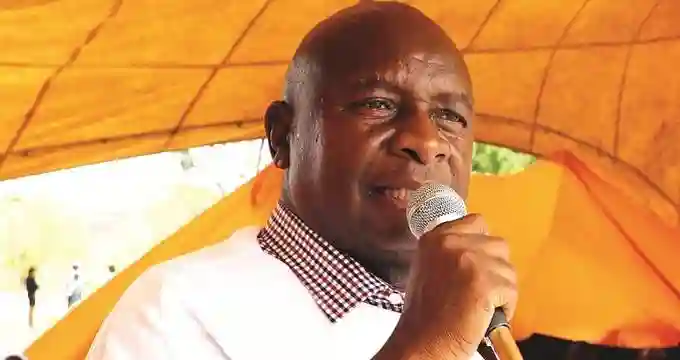Energy and Power Development Minister Edgar Moyo says load-shedding is expected to ease soon.
In an interview with The Sunday Mail, Minister Moyo said that an additional 100 megawatts (MW) is set to be injected into the grid from a refurbished unit at Hwange Thermal Power Station. At the same time, another 100 MW ring-fenced for the winter wheat crop will be released.
Typically, there is increased electricity demand during the winter months due to greater consumption by households, businesses, and farmers, leading to more frequent load-shedding episodes.
This year, load-shedding has been exacerbated by a severe drought that negatively impacted electricity generation at the Kariba South Hydropower Station.
Minister Moyo explained the reasons behind the country’s intense load-shedding experienced in recent weeks. He said:
We had ring-fenced power for our winter cropping season.
We had set aside 100MW because food security is very critical and we needed to support that.
The winter wheat irrigation period starts in May and runs up to July.
As you know, the hectarage that we planted this season is unprecedented in the history of this country, so a lot of power was required.
In terms of power supply, we are currently generating between 1 400MW and 1 500MW, depending on the availability of power for import in our regional pool.
Demand is ranging at 1 800MW, which means we normally have a deficit of around 300MW.
So, this is why there has been load-shedding.
The Minister, however, said load-shedding was set to ease in the next two weeks He said:
What we are anticipating is that immediately after the conclusion of the wheat irrigation period, we will be going back to normal since the power we had ring-fenced will go back to normal supplies.
Another mitigatory measure we have is that one unit at Hwange — I am not sure if it is Unit 2 or Unit 5 — will come back on stream at the end of this month and add up to 100MW on the grid, thereby reducing the burden of load-shedding.
In the medium term, we have several other solar projects that will produce up to 140MW, which will come on stream by the end of the year.
This power is being generated by independent power producers for their own use.
But what that means is that it frees up power from the national grid, since they will no longer depend on supplies from ZESA (Zimbabwe Electricity Supply Authority).
So, you can see that we are on a trajectory where the mismatch between supply and demand is being gradually resolved.
Minister Moyo added that there are no plans to decommission power generation at Kariba South and the power plant is expected to continue operating until the end of the year. He said:
On Kariba, we have budgeted our water well to the extent that it will last us until the end of the year, producing an average of 290MW.
Presently, there is no plan to decommission power generation at Kariba South.
So, in terms of our budgeting, the water will last until year-end.
We are hopeful that the La Niña phenomenon expected this year will help with addressing this problem since we are likely to get above-normal rainfall.
The Minister did not disclose how much power the country is currently importing from neighbouring countries.
However, statistics released by the Zimbabwe Power Company (ZPC) indicate that the power utility has been generating less than 1,400 MW in recent weeks.
For example, on July 12, 2024, ZPC reported that the country was generating a total of 1,169 MW. Similarly, on July 1, 2024, the total power generation was 1,339 MW.
More: Pindula News

